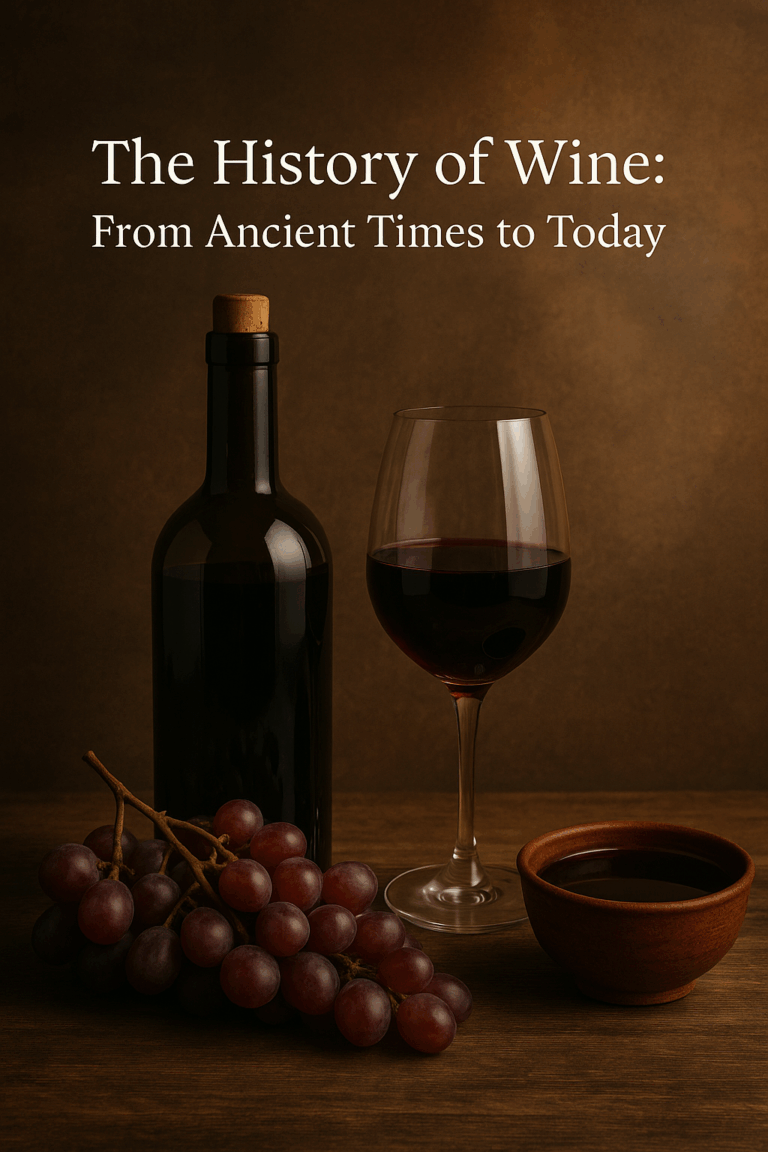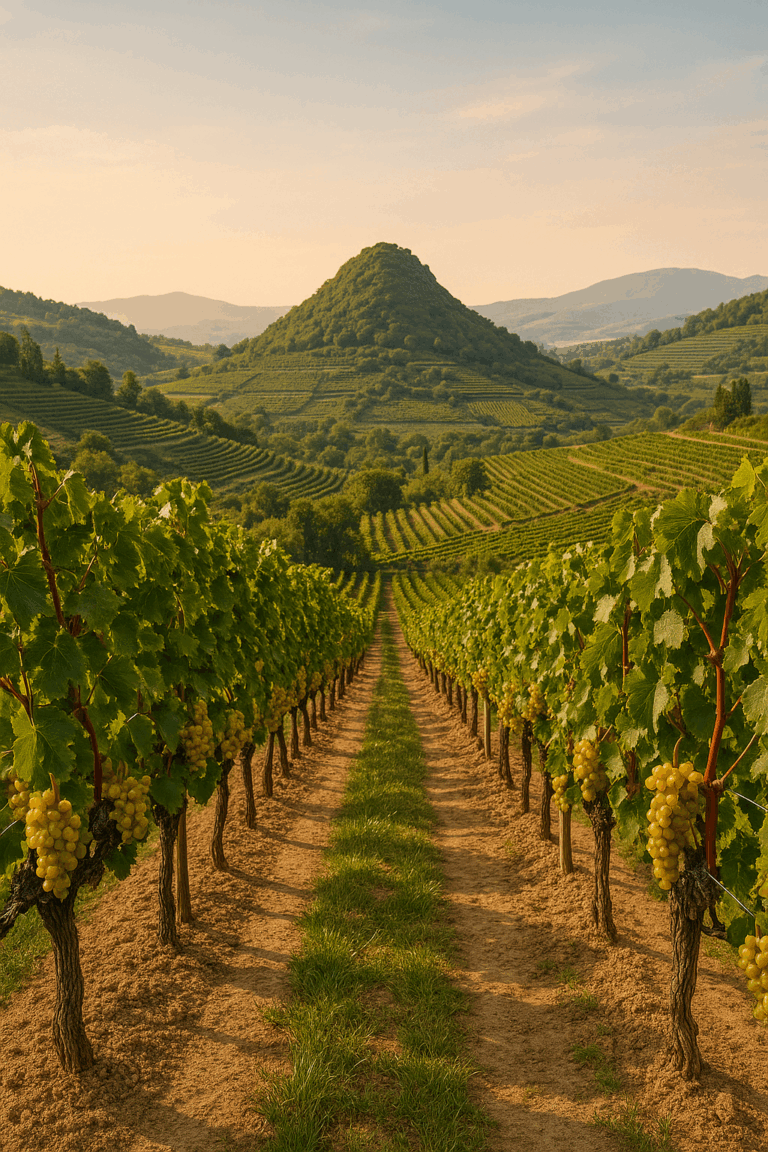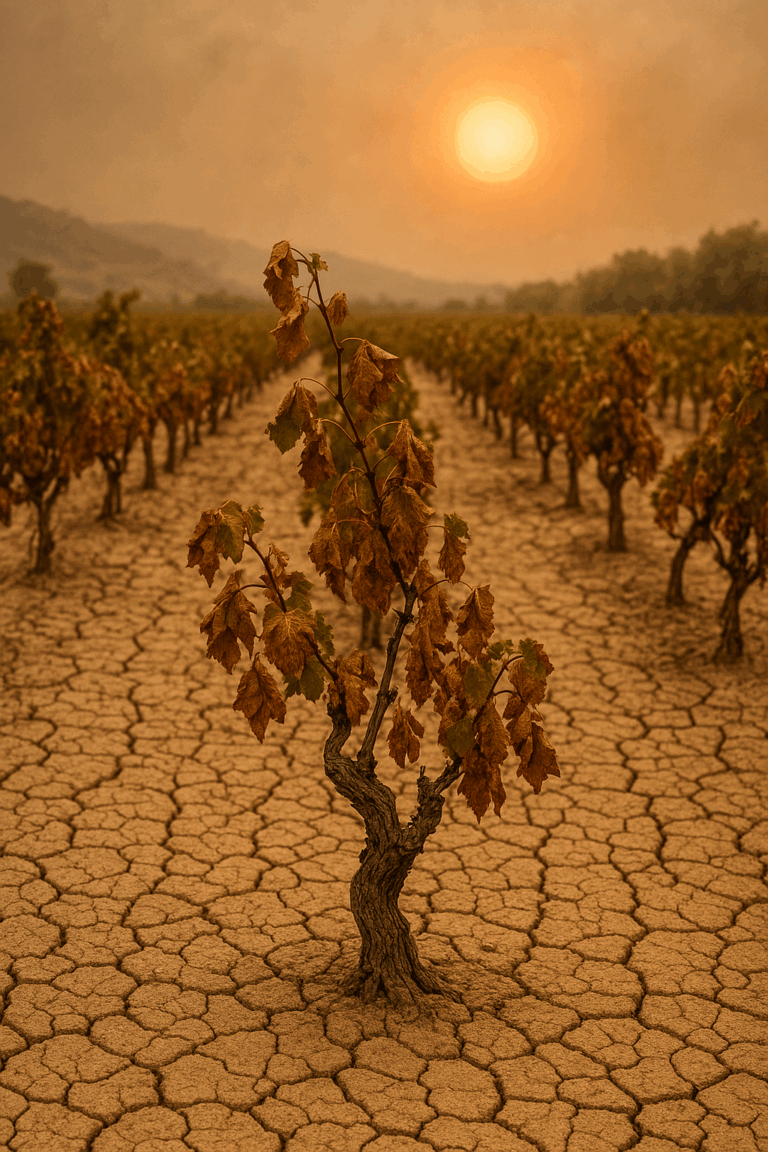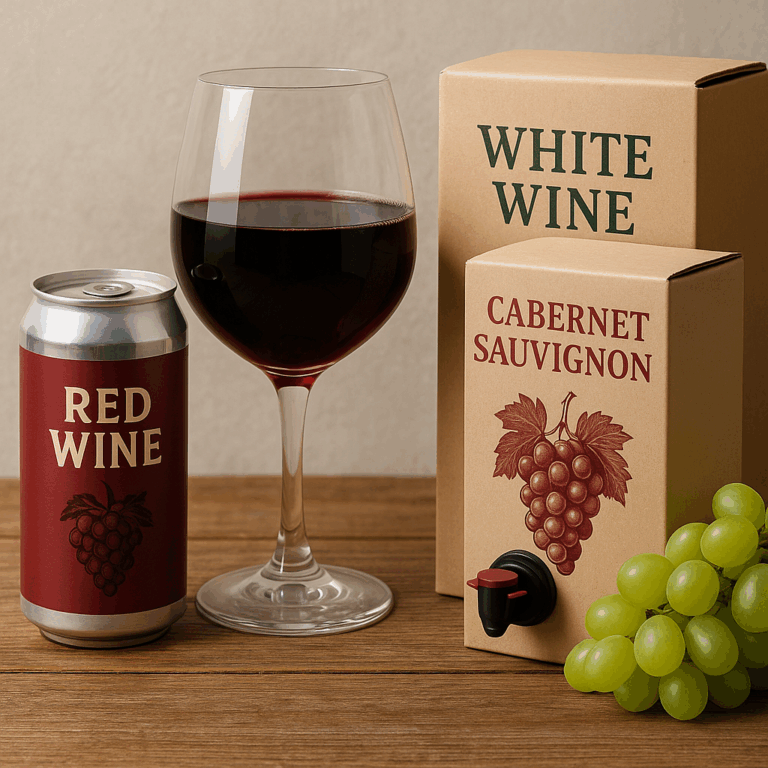Collecting Wine: How to Start Without Spending a Fortune
You don’t need a cellar full of rare Bordeaux or a six-figure budget to start a wine collection. In fact, many wine lovers begin collecting simply out of curiosity, a desire to revisit great bottles, or the joy of watching wines evolve over time. With the right approach, you can build a thoughtful, personal wine collection even on a modest budget.
Here’s how to get started without overspending, and what to look for as you grow your collection over time.
Why Collect Wine?
Collecting wine isn’t just for investors or sommeliers. It’s for anyone who:
- Wants to explore how wines change with age
- Enjoys having great bottles ready for special occasions
- Likes learning about wine regions, vintages, and styles
- Finds joy in the story behind the label
Wine collecting is also a way to deepen your understanding of taste, storage, and aging turning casual drinking into a richer, more intentional experience.
Start With a Clear Goal
Before you start buying bottles, consider what kind of collector you want to be:
- Are you collecting to drink, to age, or to resell?
- Do you prefer reds, whites, sparkling, or a mix?
- Do you want wines for weeknights, celebrations, or both?
- How much are you willing to spend per bottle?
Knowing your purpose helps you avoid random purchases and focus on building a collection that reflects your preferences not someone else’s idea of “what’s valuable.”
Know What Makes a Wine Worth Aging
Not all wines improve with age. In fact, most wines on the market are made to be consumed within 1–3 years. But some wines are built to last and improve over time.
Look for wines with:
- High acidity (especially in whites)
- Firm tannins (in reds)
- Good balance between fruit, alcohol, and structure
- Track record from a reliable producer or region
Budget-friendly wines with aging potential include:
- Chianti Classico Riserva
- Rioja Crianza or Reserva
- German Riesling (especially Kabinett or Spätlese)
- Côtes du Rhône Villages
- Barbera and Nebbiolo from lesser-known producers
- Bordeaux Supérieur from strong vintages
Set a Realistic Budget
You don’t need to spend hundreds per bottle. Start small even with wines in the $15–30 range and focus on value from up-and-coming regions like:
- Portugal (Douro, Alentejo)
- Spain (Jumilla, Bierzo)
- Southern Italy (Sicily, Campania)
- Chile and Argentina (Cabernet, Malbec)
- South Africa (Chenin Blanc, Syrah)
- Eastern Europe (Hungary, Croatia, Georgia)
Buy a few of the same bottle and open them over time that’s how you’ll learn what aging does.
Learn to Store Wine Properly
Even great wines will spoil without proper storage. If you plan to age bottles for more than a year, follow these basics:
- Keep wines cool (ideal: 55°F / 13°C)
- Avoid temperature swings (heat and fluctuation age wine quickly)
- Store bottles on their side (to keep corks moist)
- Keep in the dark (UV light degrades wine over time)
- Avoid vibration (don’t store wine on top of your fridge)
If a wine fridge isn’t in your budget, start with a cool, dark closet or basement. Just avoid kitchens, garages, or sunny rooms.
Keep Track of Your Collection
Use a simple notebook, spreadsheet, or app to track what you buy, when you bought it, and when you plan to drink it. Include tasting notes and aging recommendations when possible.
Useful free apps include:
- CellarTracker
- Vivino (with private lists)
- Wine-Searcher (to check price trends)
This helps avoid forgotten bottles and lets you monitor how wines are evolving over time.
Build a Relationship With Retailers
Your local wine shop can be one of your best resources. Tell them your goals and budget — many knowledgeable staff can recommend hidden gems and even hold allocations of special bottles.
Online retailers, subscription boxes, and auction platforms also offer access to unique wines — but start with small purchases and reputable sources.
Avoid Common Mistakes
- Don’t overbuy before you have storage space
- Don’t chase scores or hype if it’s not your style
- Don’t assume expensive means better
- Don’t forget to actually open and enjoy your wines collecting doesn’t mean hoarding
Growing Over Time
A wine collection doesn’t need to be massive. Even 12 carefully chosen bottles can be the start of a rewarding journey. As you taste and learn, your tastes will change and so will your collection. Over time, you’ll develop a deeper connection to the wines you love and the people who make them.
Building a Collection That Reflects You
The best wine collections aren’t just about labels or value they’re personal. They tell a story about your taste, your travels, and your experiences. Whether you’re saving bottles for a future dinner or aging a red to see what happens, you’re building something meaningful one bottle at a time.






